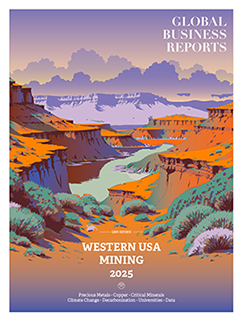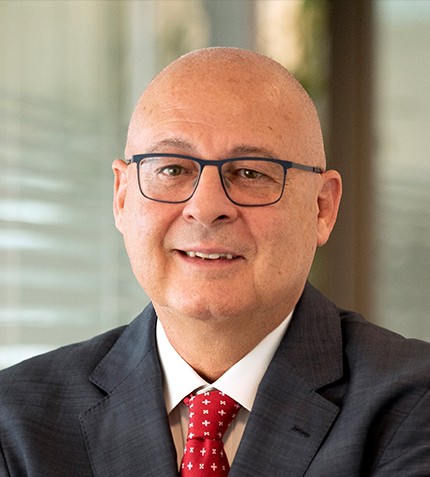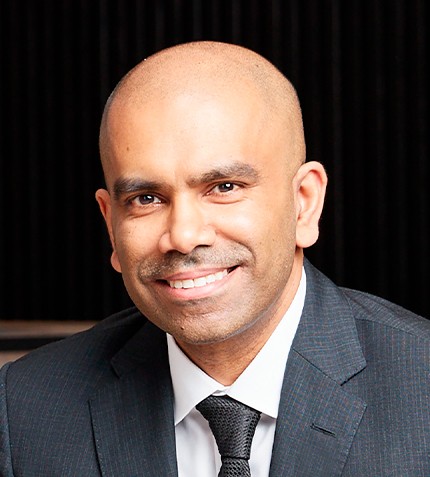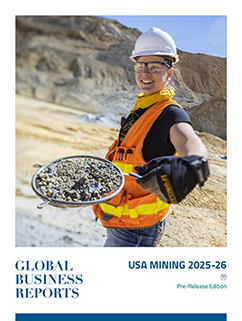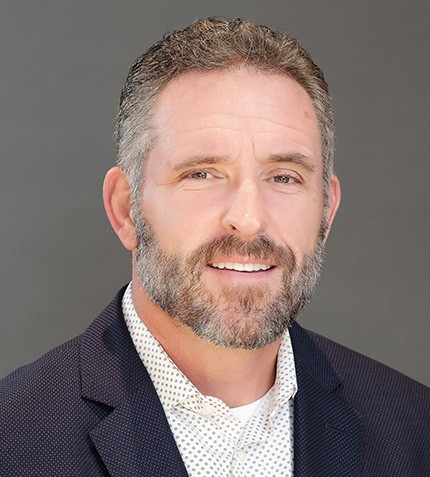
"Arizona has seen a surge in exploration and development efforts."
RELATED PUBLICATION
Steve Trussell
EXECUTIVE DIRECTOR, ARIZONA MINING ASSOCIATION
What are some key projects that have been advancing in Arizona over the past year?
Driven by the state’s exceptional mineral endowment and the rapidly growing demand for critical minerals, Arizona has seen a surge in exploration and development efforts.
The Resolution Copper project, a partnership with Rio Tinto and BHP, is one of the largest undeveloped copper deposits in the world, with the potential to supply nearly 25% of projected future U.S. demand. In 2025, the project gained critical momentum with a "FAST-41" permitting designation and a recent US Supreme Court decision declining to block the land transfer under the 2014 National Defense Authorization Act. With over 40 billion pounds of copper resource, the project will generate significant job creation and infrastructure investment.
The Santa Cruz project, located on private land in Casa Grande, Arizona, is Ivanhoe Electric’s flagship US copper development. In July 2025, the company filed a preliminary feasibility study highlighting a low-emission, vertically integrated operation that would produce refined copper cathode on-site using renewable power. Construction is targeted to begin in 2026 with first production by 2028. Santa Cruz stands out for its use of advanced geophysical surveying, minimal water usage, and potential to reduce American reliance on imported copper.
Also located in Casa Grande, Arizona Sonoran Copper Company’s Cactus project saw its largest drilling program results to date in 2024, expanding total resources to over 11 billion pounds of copper. The company plans to release a pre-feasibility study in late 2025, positioning the project for development with strong infrastructure access and minimal permitting hurdles due to its location on private land. With options for open-pit and underground mining, Cactus is poised to become a near-term domestic copper producer.
Hudbay Minerals’ Copper World project near Tucson advanced significantly in 2024 and 2025 after securing air, aquifer protection, and reclamation permits from the State of Arizona.
How has the conversation around mining shifted under the new administration?
The Trump administration supports the energy transition and favors a mine and refine in America approach. That has elevated Arizona’s role in domestic production of clean energy minerals such as copper, zinc, and manganese, while reforming policies to facilitate responsible mining. The industry is now being publicly framed as a job engine and inflation-fighter, especially amid efforts to onshore manufacturing and stabilize supply chains. The administration has also prioritized reforming NEPA, to reduce licensing time frames while being protective of the environment. The Trump Administration has re-emphasized mining as a significant economic and national security matter.
What can other development companies across the U.S. learn from Arizona Mining Association’s members in terms of how to successfully develop a project?
Arizona’s permitting model, particularly on state and private land offers more predictability than the federal process. AMA members like Hudbay’s Copper World, Arizona Sonoran Copper’s Cactus mine and Ivanhoe Electric’s Santa Cruz project have advanced by working closely with the Arizona Department of Environmental Quality and other state agencies to meet rigorous standards while avoiding federal gridlock, but they have also done an exceptional job in their communities to garner support of their respective projects. Further, they have worked to reduce their footprint or impacts through technological advancements, much like Freeport-McMoRan, BHP and ASARCO have done over time as existing producers.
How do you envision mining in Arizona over the next five years, and what are the key areas for improvement?
Over the next five years, Arizona’s mining sector looks well positioned for significant growth thanks to the developing mines, expansion at Freeport-McMoRan’s operations, ASARCO as well as the future Resolution, and South 32 mines. The combination of innovations in extraction, processing, and sustainable practices such as the in-situ recovery process at Florence Copper, and the workforce training efforts of Freeport-McMoRan in Eastern Arizona that are strengthening local STEM training and apprenticeship pipelines to address labor shortages. These are just two of many examples of how companies are meeting rising copper and workforce demands.
Progress will ultimately hinge on streamlining permitting to avoid 10-29 year delays, community and tribal involvement, continually improving environmental and water management, and investment in workforce recruitment and skills development. Addressing these areas effectively will determine whether Arizona can realize its potential as the leader of responsible, safe, sustainable, next generation U.S. mining.




